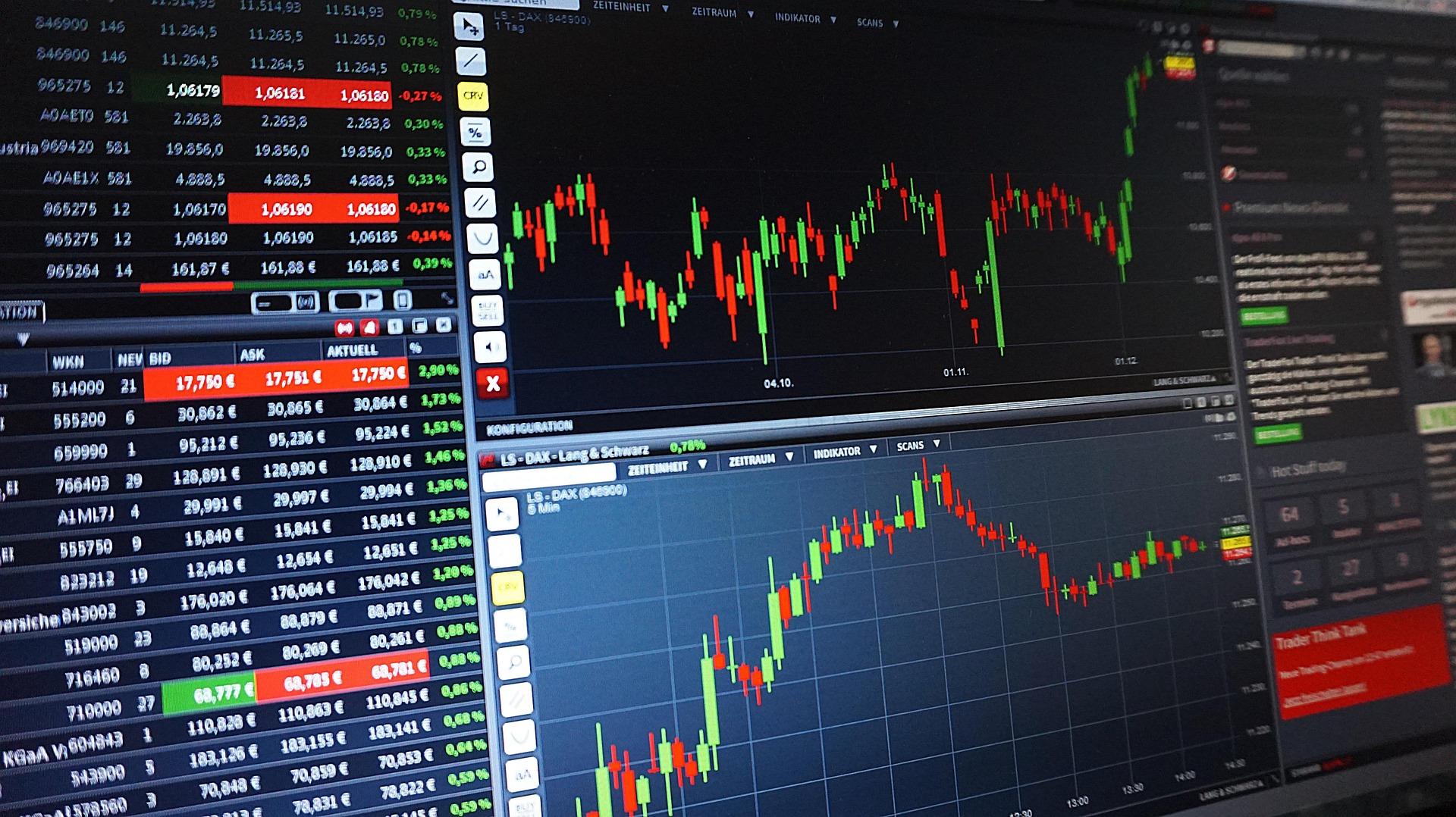
India’s stock market, often referred to as Dalal Street or “D-Street,” has weathered various external shocks, including terror attacks. While such tragic incidents stir national emotions and can create short-term panic, market reactions tend to be more nuanced. The data on Nifty 50 returns following major terror attacks in India reveals an intriguing pattern of initial volatility followed by relative stability or even recovery over time.
1. Initial Shock Often Short-Lived
Srinagar (2013) saw the sharpest 1-day fall at -1%, but the market began recovering within a week.
Interestingly, after the Mumbai 2008 attacks, the index was almost flat on Day 1 (+0.1%) but declined -3.4% over the week, likely due to global financial crisis concerns compounding domestic sentiment.
2. One-Week Reactions Are Mixed
The Pulwama attack (Feb 2019) led to only a slight dip of -0.1% over one week, with confidence returning soon after.
In contrast, Poonch (April 2023) saw a surprising +1.6% gain in one week—suggesting minimal market disruption or strong underlying investor sentiment.
3. One-Month and Three-Month Trends Show Resilience
Markets often rebounded strongly after one month. For example:
Pulwama (2019): +5.6%
Mumbai (2008): +3.8%
Poonch (2023): +3.2%
4. Negative Returns Are Not Always the Norm
While some incidents, like Uri (2016) and Srinagar (2013), led to negative returns over a longer period, most others saw markets stabilizing or turning positive, reinforcing the resilience of Indian equity markets.
Historical data suggests that while terror attacks can lead to temporary volatility, Indian markets tend to recover quickly. This resilience could be attributed to strong domestic fundamentals, investor confidence, and the broader global market context.




